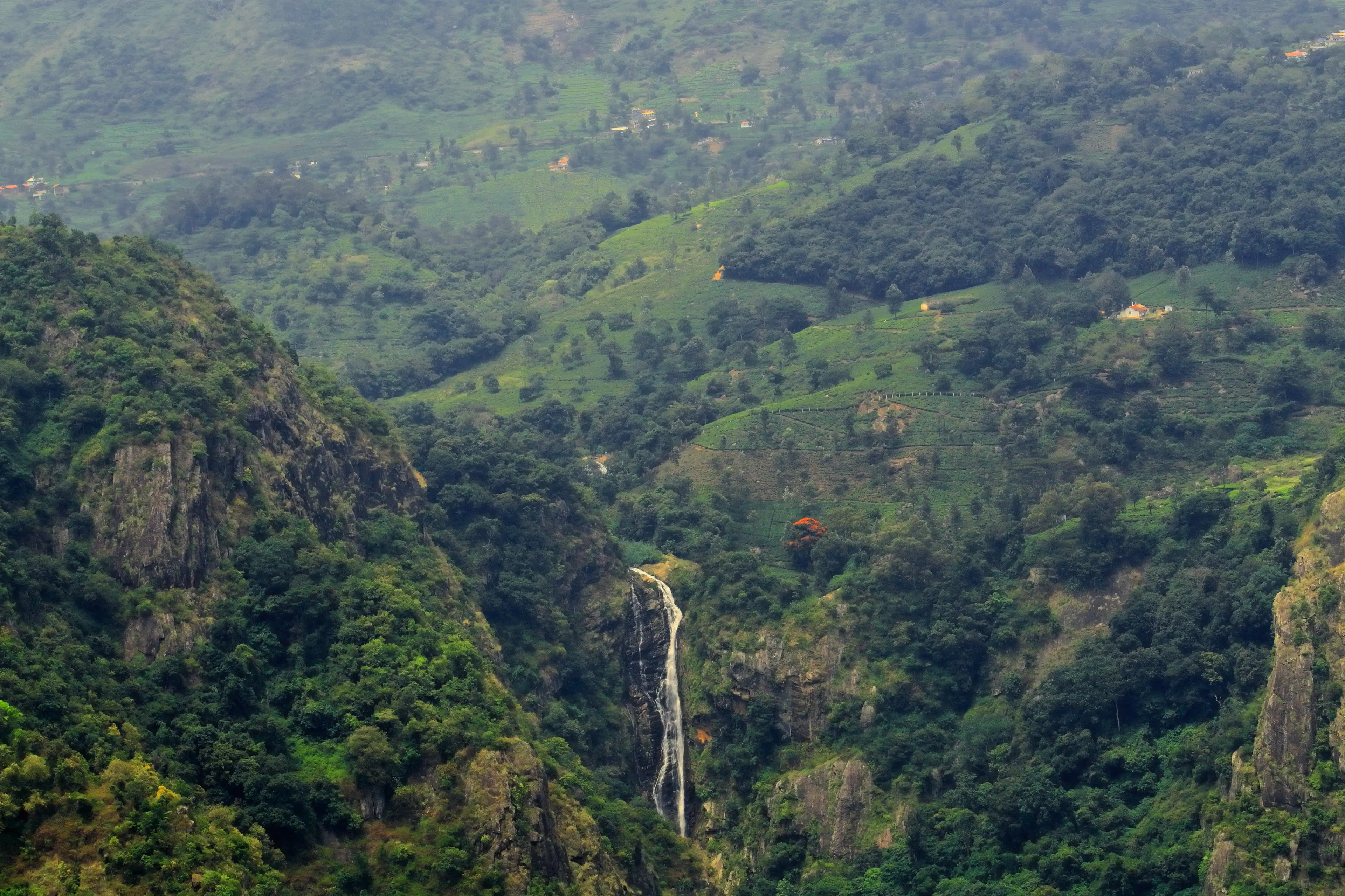
Hotels
•05 min read

Imagine a haven tucked away in the embrace of majestic mountains and lush green landscapes—a place where every season unveils a new facet of nature's charm. Ranikhet is that gem, celebrated not only for its captivating beauty but also for its diverse climate that transforms the region throughout the year. Whether you are dreaming of snowy winters, vibrant summers, or the refreshing rains of monsoon, getting the timing right can truly enhance your trip. In this post, you will discover the 10 best months to visit Ranikhet, understand its seasonal splendor, and gather practical travel tips that will help you plan the ideal getaway.
Ranikhet experiences dramatic shifts in weather and landscapes as the year unfolds. In winter, snow-capped vistas create a peaceful, almost fantastical environment that invites introspection and calm. Summer, on the other hand, offers bright, clear days ideal for hiking, exploring vibrant meadows, and visiting historic temples. The weather not only influences the scenic beauty but also sets the stage for different local events and traditions, which vary significantly with each season. Knowing the right time to visit is essential to carve out a personalized experience tailored to your interests.
Whether you're a trekker, photographer, or cultural enthusiast, Ranikhet's weather plays a pivotal role in shaping your experience. Winter months are perfect for those seeking a quiet retreat and a snowy landscape ideal for scenic drives and cozy evenings in local lodges. Summer brings optimal conditions for outdoor adventures like long treks and temple explorations, while the monsoon season highlights the region’s raw beauty with its cascading waters and lush surroundings. The timing of your visit not only determines the activities available but also the energy and pace of the tourist season, making it crucial to align your travel plans with the weather conditions that best suit your interests.
Start the year in Ranikhet where the winter chill paves the way for a tranquil retreat. During these months, expect crisp air and occasional snowfall that transforms the region into a picturesque winter wonderland. This season is ideal for travelers who enjoy the serene beauty of a snow-covered landscape and the quiet beauty of nature in its frosty state. Remember to pack your thermal wear, cozy jackets, gloves, and hats to fully appreciate the chilly charm without compromising on comfort.
When spring turns to summer, Ranikhet awakens with a refreshing burst of vitality—a period that many consider the ideal time for an adventure-filled holiday. The weather is pleasantly warm with clear skies, making it perfect for outdoor activities such as trekking, visiting the renowned gardens, and exploring several ancient temples dotted around the area. Light, breathable clothing, a hat, and sunscreen are essential to enjoy the sun-soaked days without worry. This period also marks the peak travel month for those looking to immerse themselves in nature at its most vibrant.
The monsoon season drapes Ranikhet in a blanket of lush greenery and a revitalizing ambience. Rainfall breathes fresh life into the landscape, making the hills and valleys resonate with a renewed vibrancy. However, alongside its mesmerizing beauty, the monsoon can create challenges such as slippery roads and occasional landslides. Travelers venturing during these months should prepare with waterproof gear, non-slip footwear, and be ready to embrace a slightly slower pace of travel. Despite these challenges, the period is rewarding for nature enthusiasts looking for pristine, untouched vistas.

The transition into autumn and early winter brings a crisp freshness to Ranikhet that pairs beautifully with the region's cultural festivities. As the days shorten and the air grows brisk, locals begin to celebrate with warmth and spirited community events. These months are especially attractive for those who enjoy festive atmospheres, cozy retreats, and exploring local markets. Ensure you pack layered clothing to easily transition from the cool mornings and evenings to the slightly warmer midday temperatures. This season not only provides a visual treat but also a taste of local cultural richness.
Every season in Ranikhet has its own allure. Summer delivers an ideal backdrop for those who love the outdoors—with pleasant temperatures that are perfect for long treks, garden tours, and temple visits. In contrast, winter offers a magical scene of sparkling snow and serene isolation, appealing to travelers who desire a quiet escape or want to experience the thrill of a snowy landscape. While summer provides an array of vibrant activities, winter brings the opportunity to explore a different, more laid-back side of this hill station, featuring intimate and cozy hotel stays amidst snow-laden vistas.
Visiting Ranikhet during the off-season can be a delightful surprise. The monsoon and early winter months may not draw the largest crowds, which means you get to explore the area more freely and often at a lower cost. These periods are particularly rewarding for those who prefer solitude over bustling tourist spots. While you may need to plan carefully around the unpredictable weather, the trade-off is an authentic and peaceful experience that showcases the untamed beauty of the region.
Whether you're embracing the winter chill or the sunny days of summer, packing smart is key:
Winter: Thermal wear, waterproof boots, insulated jackets, and accessories like gloves and beanies.
Summer: Lightweight clothing, hats, sunglasses, and sunscreen to protect from UV rays.
Monsoon: Waterproof clothing, durable raincoats, and shoes with good grip, plus an extra bag for wet items.
When planning your stay, look for accommodations that complement the season of your visit. Cozy winter lodges offer warm hearths and stunning snowy views, while summer retreats often come with expansive gardens and scenic terraces perfect for enjoying the clear skies. Proximity to popular attractions such as Chaubatia Garden and Jhula Devi Temple enhances your stay, ensuring you’re never far from the heart of Ranikhet's charm. Each hotel is carefully chosen to reflect the essence of its season, adding an extra layer of comfort to your travels.
Each season presents unique opportunities for exploration. In summer, make the most of the long days by visiting local landmarks, trekking through green trails, and enjoying outdoor dining. Winter offers a more relaxed pace—perfect for scenic drives, stops at panoramic points, and enjoying local festivals while bundled up in warm clothing. For those visiting during the monsoon, it's advisable to schedule indoor cultural visits alongside nature walks, always keeping an eye on weather updates to navigate potential delays.

Did you know? The best time to experience Ranikhet’s snowfall is typically January to February, while April is perfect for trekking and exploring gardens. Plan your trip accordingly to match your travel goals!
While each season has its own charm, winter (October to March) is ideal for snow lovers, and summer (April to June) is perfect for those looking for outdoor fun.
Typically, a 2-4 day trip is sufficient to explore the major attractions and soak in the serene ambience of the region.
Each destination offers unique qualities—Ranikhet is known for its tranquil and offbeat experiences, while Nainital is more bustling and tourist-oriented.
Its scenic beauty, rich Kumaon heritage, and peaceful environment make Ranikhet a favored destination for rejuvenation and exploration.
Snowfall is most likely to occur between January and February during the peak winter months.
Ranikhet is a destination that offers a spectrum of experiences as varied as its weather. Whether you choose the vibrancy of summer, the quiet magic of winter, or the refreshing charm of the monsoon, timing your visit wisely is crucial to unlocking the full potential of this hill station. This guide has outlined the best months to visit, detailed the seasonal differences, and provided practical travel insights to help you plan your perfect holiday. Embrace the beauty of Ranikhet and let each season narrate its own unique story.